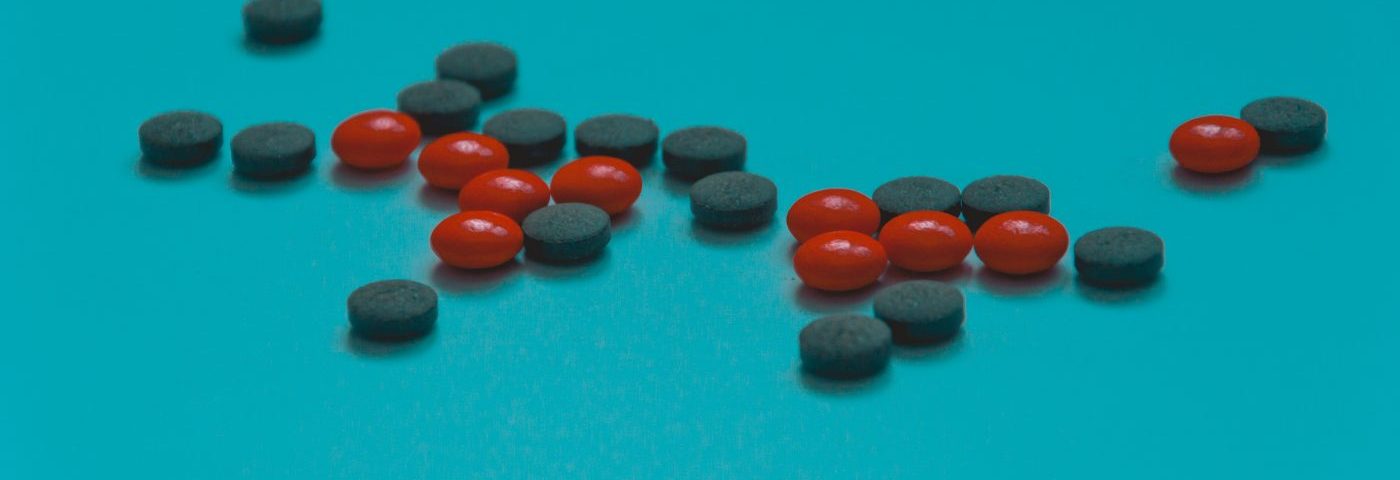The prescribing information for Nubeqa (darolutamide) — used to treat men with prostate cancer that has not spread to other parts of the body — will be updated to include overall survival data for patients with non-metastatic castration-resistant prostate cancer (nmCRPC), according to Bayer, one of the therapy’s developers.
Specifically, data demonstrating that Nubeqa lowers the risk of death by 31% in nmCRPC will now be included in the prescribing information, Bayer announced.
In addition, other new information from key secondary endpoints of the ARAMIS Phase 3 trial (NCT02200614) will be added to the therapy’s prescribing information. This includes the fact that Nubeqa significantly delays the time to pain worsening, as well as the time to chemotherapy initiation, in these patients.
All these changes to Nubeqa’s original prescribing information were made possible after the U.S. Food and Drug Administration (FDA) cleared a supplemental new drug application (sNDA) requesting the addition of these new findings.
“Nubeqa has a proven efficacy and safety profile in men with nmCRPC and delayed the effects of disease progression in men who are otherwise generally asymptomatic,” Scott Z. Fields, MD, senior vice president and head of oncology development at Bayer, said in a press release.
“This update also gives physicians added certainty that Nubeqa should be prescribed to appropriate patients at nmCRPC diagnosis to help ensure optimal outcomes for these men,” Fields said.
Jointly developed by Bayer and Orion Pharma, Nubeqa is an oral medication that works by blocking the activity of androgen receptors — proteins found on the surface of cells that bind to male hormones — and interrupting a signaling cascade that is known to promote prostate cancer cell growth.
Nubeqa’s approval for men with nmCRPC was supported by data from the ongoing ARAMIS trial, which is comparing the safety and efficacy of Nubeqa plus androgen deprivation therapy (ADT), to that of ADT plus a placebo in 1,509 men with nmCRPC.
Data from a primary analysis of ARAMIS showed that men who received Nubeqa in combination with standard ADT lived nearly two years longer without showing signs of cancer spreading, compared with those treated with ADT alone. Specifically, these survival times were 40.4 months versus 18.4 months. This corresponded to a significant reduction in the risk of death or cancer spread of 59%.
The addition of Nubeqa to ADT also prolonged the time these men lived without disease worsening, from 14.8 to 36.8 months, reducing the risk of disease progression or death by 62%.
Safety assessments demonstrated that the incidence of treatment side effects was similar in both groups (9%). Yet, the percentage of patients experiencing fatigue, pain in the extremities — arms, legs, hands, and feet — and skin rashes were higher among those receiving Nubeqa.
More recently, Bayer and Orion presented updated data from key secondary endpoints of ARAMIS, including the treatment’s effects on overall survival, time to pain worsening, and time to chemo initiation, which have now been added to Nubeqa’s prescribing information.
These latest findings from ARAMIS, presented at the ASCO 2020 Virtual Scientific Program and later published in The New England Journal of Medicine, showed that after a median follow-up of 29 months, the combination of Nubeqa plus ADT lowered the risk of death by 31% compared with ADT alone.
Importantly, these positive effects on overall survival remained statistically significant, even considering the 170 patients (31%) who were originally assigned to ADT only and ended up switching over to the Nubeqa arm.
Moreover, Nubeqa significantly delayed the time to pain worsening, a clinically meaningful parameter that is important to consider when making treatment decisions, as well as the time to chemotherapy initiation.
Since no new safety concerns were identified in this final analysis of ARAMIS, no safety data updates were added to Nubeqa’s prescribing information.
However, new information was added to note that Nubeqa was found to block the activity of OATP1B1 and OATP1B3 — two transporters that carry certain substances from the bloodstream into liver cells. Thus, it is possible that, when used over long periods of time, Nubeqa may cause the levels of these molecules — normally transported into liver cells —to rise in the blood. According to the therapy’s prescribing information, patients experiencing these effects should be monitored more frequently for possible adverse reactions and consider adopting other strategies to lower the levels of these substances.

